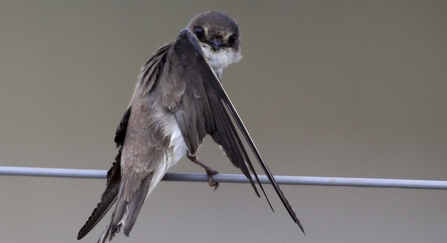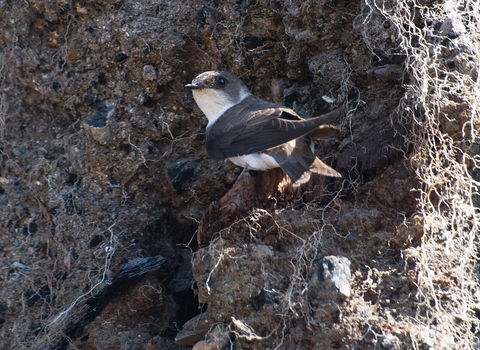Surrey Wildlife Trust has begun a nature conservation project to build a giant 20-metre wide sandcastle for sand martins, tiny 12 centimetre brown and white birds, to welcome them back to nest at a Surrey nature reserve. The huge sand installation will provide hundreds of new sand martin homes at the reserve for the first time in 25 years.
Surrey Wildlife Trust is building the nesting bank, in essence, one enormous sandcastle, with the help of professional sand sculptors, Sand in Your Eye, and landowners Sibelco at Spynes Mere near Redhill. Sand martins, the smallest of Britain's swallow and martin family, visit the reserve annually on their return flight from Africa.


